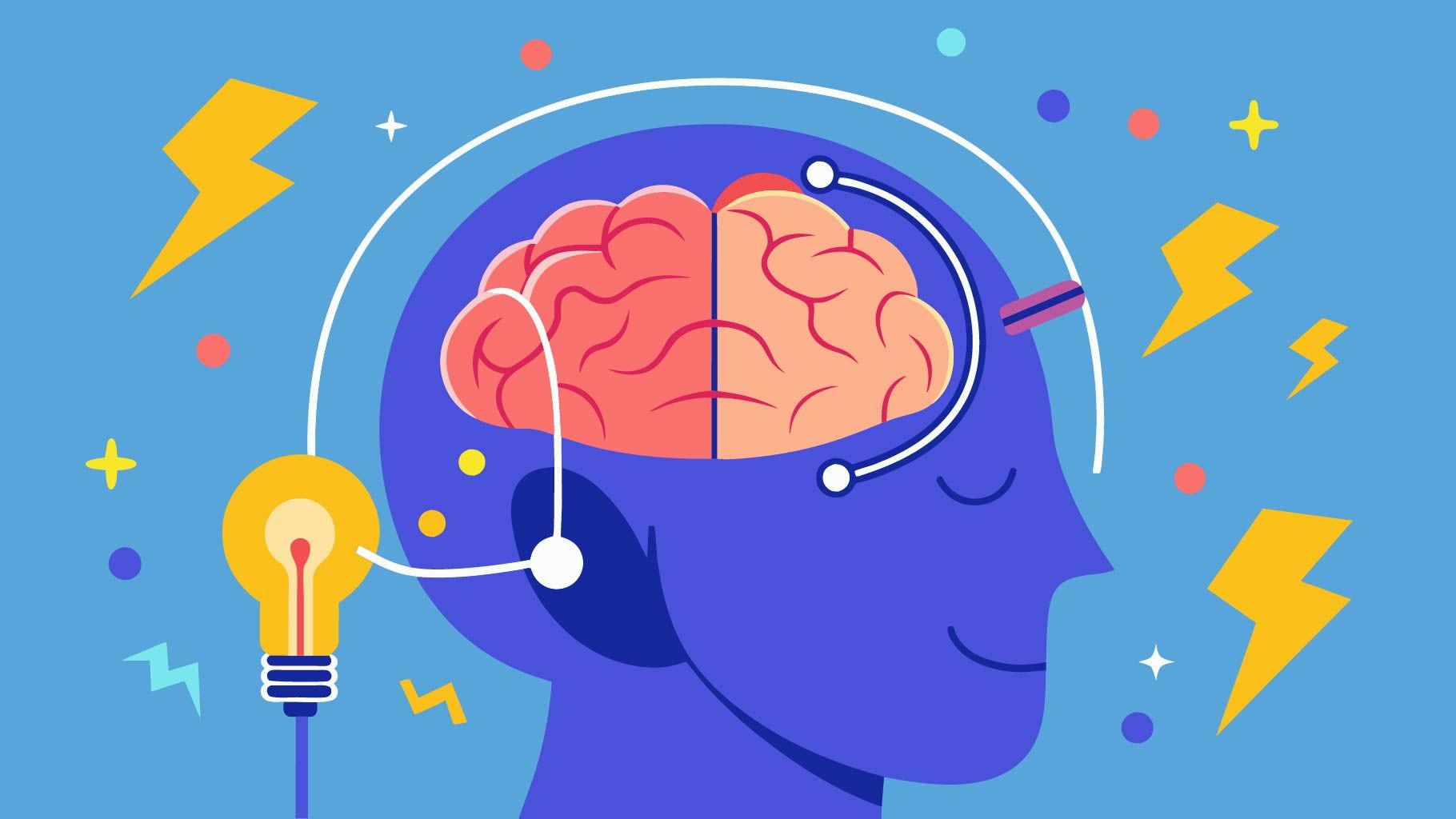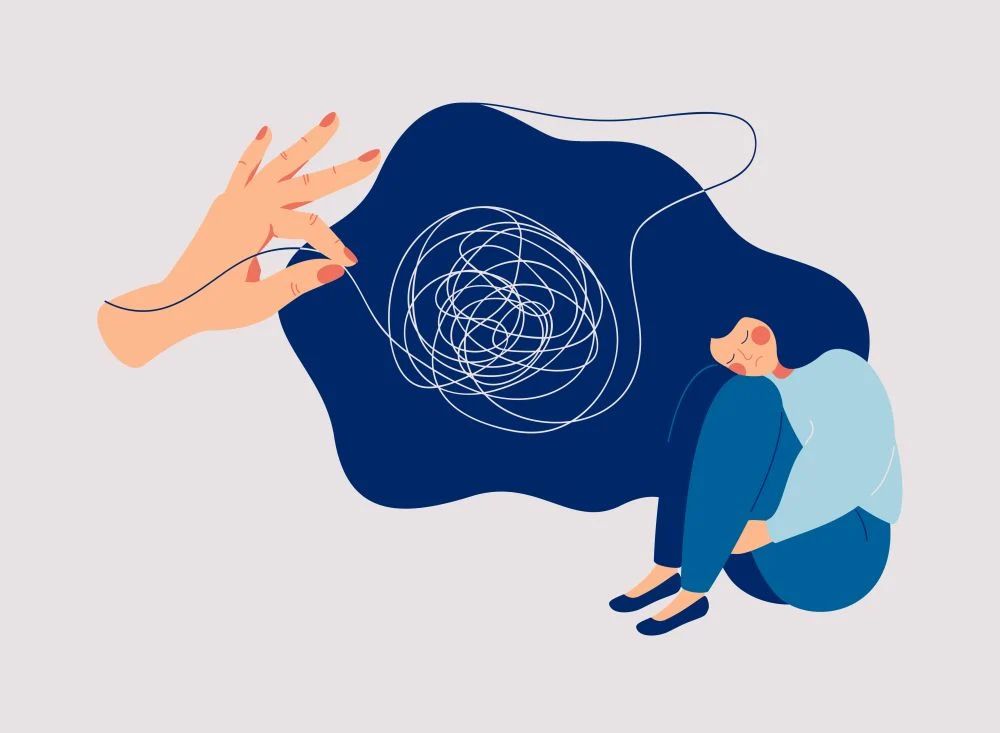Publication
Article
Psychiatric Times
Anesthesia Advances Add to Safety of ECT
Author(s):
Simple, standardized protocols ensure that ECT can be provided safely and comfortably in many facilities, with consistent anti-depressant results and a favorable adverse-effect profile.

Modern electroconvulsive therapy (ECT) is a remarkably safe and effective antidepressant treatment. It remains a critical option for urgently ill patients, many of whom do not adequately respond to antidepressant medications.1,2
Advances in anesthesia technique are a major part of the safety and comfort profile of ECT today. In this article, we briefly review important aspects of the anesthesia used in ECT. While we do not believe that all psychiatrists need to be expert in the details, knowledge of the basics is necessary to adequately inform patients about ECT during the referral process.
The basics
ECT is performed under full general anesthesia and muscle relaxation. Blood pressure, pulse, ECG, and blood oxygen saturation are monitored to ensure patient safety. Supplemental oxygen is provided throughout the procedure by the anesthesiologist, who ventilates the patient using a mask and bag. Patients are not intubated for ECT, except under extremely rare circumstances.
An intravenous line is inserted in the patient’s arm, through which the anesthetic and muscle relaxant medications are administered. The sequence of administration is to give the anesthetic induction agent first, followed by the muscle relaxant, only after the patient has lost consciousness. The patient is ventilated with oxygen while the muscle relaxant takes effect (1 to 2 minutes). A foam or rubber protective device is then inserted into the patient’s mouth, and the electrical stimulus is delivered. A seizure occurs (typically 30 to 60 seconds), and the patient awakens in a few minutes as the medications wear off. The total procedure takes less than 10 minutes.
Pre-ECT evaluation
The anesthesiologist will consult with the patient before the treatment. For medically complex patients, this should be done in advance; for younger, medically healthy patients, it may be done the morning of the first treatment. Some patients who present for ECT may be poor historians or completely nonverbal; it may therefore be necessary to rely on supplemental sources of information, such as consults with other treating physicians, discussion with family members, and laboratory or other diagnostic tests.
Although ECT is generally a low-risk procedure, many ECT patients fall into the high-risk category. The pre-anesthetic assessment should therefore focus on identifying conditions that increase the risk of morbidity or mortality during treatment.3 The ECT psychiatrist and the anesthesiologist must decide which laboratory tests will need to be done before ECT. At a minimum, each patient referred for ECT should have an ECG to evaluate potential cardiac problems and to establish a baseline; a complete blood cell count to detect anemia or infection; and a basic metabolic panel to look for electrolyte imbalances, especially potassium and sodium levels.
When evaluating a potential candidate for ECT, it is particularly important to pay close attention to the patient’s cardiovascular and pulmonary status.4 The release of endogenous catecholamines associated with the therapeutic seizure typically causes transient hypertension and tachycardia. Patients with a significant cardiac history who may be at risk for myocardial ischemia under these conditions need a careful cardiac evaluation. It is also important to evaluate the patient’s pretreatment pulmonary function. Particularly close attention needs to be paid to any signs of deteriorating respiratory status or infection, such as shortness of breath, cough, fever, or low oxygen saturation on room air.
Potential interactions between psychiatric medications the patient is taking and the medications used during anesthesia need to be assessed. The patient’s current medication list needs to be reviewed and decisions made in advance about which medications to taper or stop before the procedure, which medications to continue during the course of ECT (but held until after each treatment), and which medications can safely be given with a minimum amount of water early in the morning of the ECT.
In general, medications that would interfere with the seizure (anticonvulsants and benzodiazepines) should be minimized, and medications that optimize the patient’s medical condition (most importantly antihypertensives and antireflux medi-cations) should be given before the treatment.1,5 There has been a recent revival of interest in concomitant use of antidepressant medications and ECT: the goal is improved antidepressant efficacy and protection against relapse when the course of ECT is completed.6 Certain medications, including MAO inhibitor antidepressants, lithium, and theophylline, present specific issues that may require modifications in ECT, anesthesia technique, or patient instructions.7-9 The full range of concomitant medication issues is covered elsewhere.1,10,11
Induction agents
The 2 most commonly used anesthetic agents for ECT in the United States are methohexital and propofol. Less commonly used anesthetics are thiopental sodium, etomidate, and ketamine. An optimal anesthetic for ECT should put the patient to sleep quickly but for a short time and not interfere too much with the induction of the ECT seizure.
Methohexital is an ultrashort-acting barbiturate that has become the anesthetic of choice in ECT practice. It renders the patient unconscious quickly (in about 45 seconds) and lasts just long enough for the ECT procedure. Because it is a barbiturate, it has some anticonvulsant properties, but not enough to interfere with ECT. It is easy to dose, administered as an intravenous bolus of about 1 mg/kg of patient weight. It is quite inexpensive and is available as a generic.
Propofol is probably the second most commonly used anesthetic for ECT. It is a milky white liquid that is also given by intravenous bolus. Advantages over methohexital include a “smoother wake up” and a somewhat more favorable hemodynamic profile. Disadvantages are its much greater anticonvulsant effect and higher cost.
Etomidate is an alternative agent that has less anticonvulsant effect than methohexital. It is sometimes used when seizures are short or hard to elicit.
Ketamine is a very interesting agent that is slightly proconvulsant and has intrinsic antidepressant properties. Disadvantages include hypertension and occasional transient dissociative symptoms on wake up. If its antidepressant qualities prove to be additive with ECT, its use could increase.12-14
Muscle relaxation
Muscle relaxation to eliminate the motor component of the ECT-induced seizure has been a feature of ECT since the 1950s. Muscle relaxation during the application of the stimulus, as well as for the duration of the motor portion of the seizure, prevents musculoskeletal injury. Because of the short duration of ECT, succinylcholine is the drug of choice for neuromuscular blockade, although for patients in whom its use is contraindicated, rocuronium or other nondepolarizing agents are alternatives.15 Succinylcholine is a depolarizing neuromuscular blocker with an ultrashort duration of action, slightly less than that of the anesthetic agent. The duration of muscle paralysis is thus very brief, and spontaneous respirations return shortly after the seizure ends.
Airway management
Modern anesthesia technique during ECT includes careful management of the patient’s airway with the administration of 100% supplemental oxygen.16 Once general anesthesia has been induced, hyperventilation is performed using a bag and mask device during the 1 to 2 minutes before the initiation of therapy. Hyperventilation decreases the blood levels of carbon dioxide, reduces the seizure threshold, and increases seizure duration. Ventilation with 100% oxygen during this period also increases the amount of oxygen available to the brain for use during the treatment.
The anesthesiologist who manages the airway during this period is careful to protect the patient from aspiration while maintaining ventilation and oxygenation. Sometimes a soft preshaped airway device (oral airway) is placed to facilitate this. In most patients, return of spontaneous respiration occurs within 3 to 5 minutes after induction, before the effects of the anesthetic have worn off and the patient is awake. Some patients may begin breathing immediately after the seizure ceases. For others, ventilatory support is continued until the patient takes adequate breaths on his own and no longer requires assistance.
Management of hypertension
The increase in heart rate and blood pressure that typically accompany an ECT-induced seizure are easily managed with currently available short-acting intravenous medications.17 The stimulus applied to the brain during the initiation of ECT results in a profound parasympathetic surge. Asystole during this period is common but temporary, even though it may persist throughout the stimulus application.
Following stimulus termination, the resulting seizure is accompanied by a profound sympathetic surge, typically associated with tachycardia and hypertension. The elevations in heart rate and blood pressure can be significant, with increases in systolic blood pressure by as much as 40% over baseline.10 Safe control of heart rate and blood pressure can easily be achieved with frequent dosing of a short-acting agent such as esmolol, labetalol, or nitroglycerin.
Conclusions
Modern anesthesia techniques allow ECT to be performed with a high degree of patient safety and comfort. Simple, standardized protocols ensure that it can be provided in many facilities with consistent antidepressant results and a favorable adverse-effect profile. Mental health practitioners should be knowledgeable about the basics of the procedure, including how the anesthetic is given, in order to provide accurate information for patients who may be candidates for ECT.
While only a small percentage of practitioners will actually provide ECT, many more will encounter seriously ill patients who will need to be referred to facilities in which ECT is performed. For those practitioners, we hope that this summary is helpful; for those readers who want to learn more, authoritative resources include the American Psychiatric Association’s Task Force Report on ECT as well as several excellent text books and online resources.1,10,18
References:
References
1.
American Psychiatric Association. Task Force on Electroconvulsive Therapy.
The Practice of Electroconvulsive Therapy: Recommendations for Treatment, Training, and Privileging
. 2nd ed. Washington, DC: American Psychiatric Association; 2001.
2.
Fink M. Electroconvulsive therapy resurrected: its successes and promises after 75 years.
Can J Psychiatry
. 2011;56:3-4.
3.
Tess AV, Smetana GW. Medical evaluation of patients undergoing electroconvulsive therapy [published correction appears in
N Engl J Med
. 2011;364:1582].
N Engl J Med
. 2009;360:1437-1444.
4.
Zielinski RJ, Roose SP, Devanand DP, et al. Cardiovascular complications of ECT in depressed patients with cardiac disease.
Am J Psychiatry
. 1993;150:904-909.
5.
Sienaert P, Peuskens J. Anticonvulsants during electroconvulsive therapy: review and recommendations.
J ECT
. 2007;23:120-123.
6.
Sackeim HA, Dillingham EM, Prudic J, et al. Effect of concomitant pharmacotherapy on electroconvulsive therapy outcomes: short-term efficacy and adverse effects.
Arch Gen Psychiatry
. 2009;66:729-737.
7.
Dolenc TJ, Habl SS, Barnes RD, Rasmussen KG. Electroconvulsive therapy in patients taking monoamine oxidase inhibitors.
J ECT
. 2004;20:258-261.
8.
Dolenc TJ, Rasmussen KG. The safety of electroconvulsive therapy and lithium in combination: a case series and review of the literature.
J ECT
. 2005;21:165-170.
9.
Rasmussen KG, Zorumski CF. Electroconvulsive therapy in patients taking theophylline.
J Clin Psychiatry
. 1993;54:427-431.
10.
Abrams R.
Electroconvulsive Therapy
. 4th ed. New York: Oxford University Press; 2002.
11.
Kellner CH, Pritchett JT, Beale MD, Coffey CE.
Handbook of ECT
. Washington, DC: American Psychiatric Press, Inc; 1997.
12.
Ostroff R, Gonzales M, Sanacora G. Antidepressant effect of ketamine during ECT.
Am J Psychiatry
. 2005;162:1385-1386.
13.
Okamoto N, Nakai T, Sakamoto K, et al. Rapid antidepressant effect of ketamine anesthesia during electroconvulsive therapy of treatment-resistant depression: comparing ketamine and propofol anesthesia.
J ECT
. 2010;26:223-227.
14.
aan het Rot M, Collins KA, Murrough JW, et al. Safety and efficacy of repeated-dose intravenous ketamine for treatment-resistant depression.
Biol Psychiatry
. 2010;67:139-145.
15.
Bryson EO, Aloysi AS, Katz M, et al. Rocuronium as muscle relaxant for electroconvulsive therapy in a patient with adult-onset muscular dystrophy.
J ECT
. 2011;27:e63-e64.
16.
Saito S. Anesthesia management for electroconvulsive therapy: hemodynamic and respiratory management.
J Anesth
. 2005;19:142-149.
17.
McCall WV. Antihypertensive medications and ECT.
Convuls Ther
. 1993;9:317-325.
18.
Swartz CM, ed.
Electroconvulsive and Neuromodulation Therapies
. New York: Cambridge University Press; 2009.






